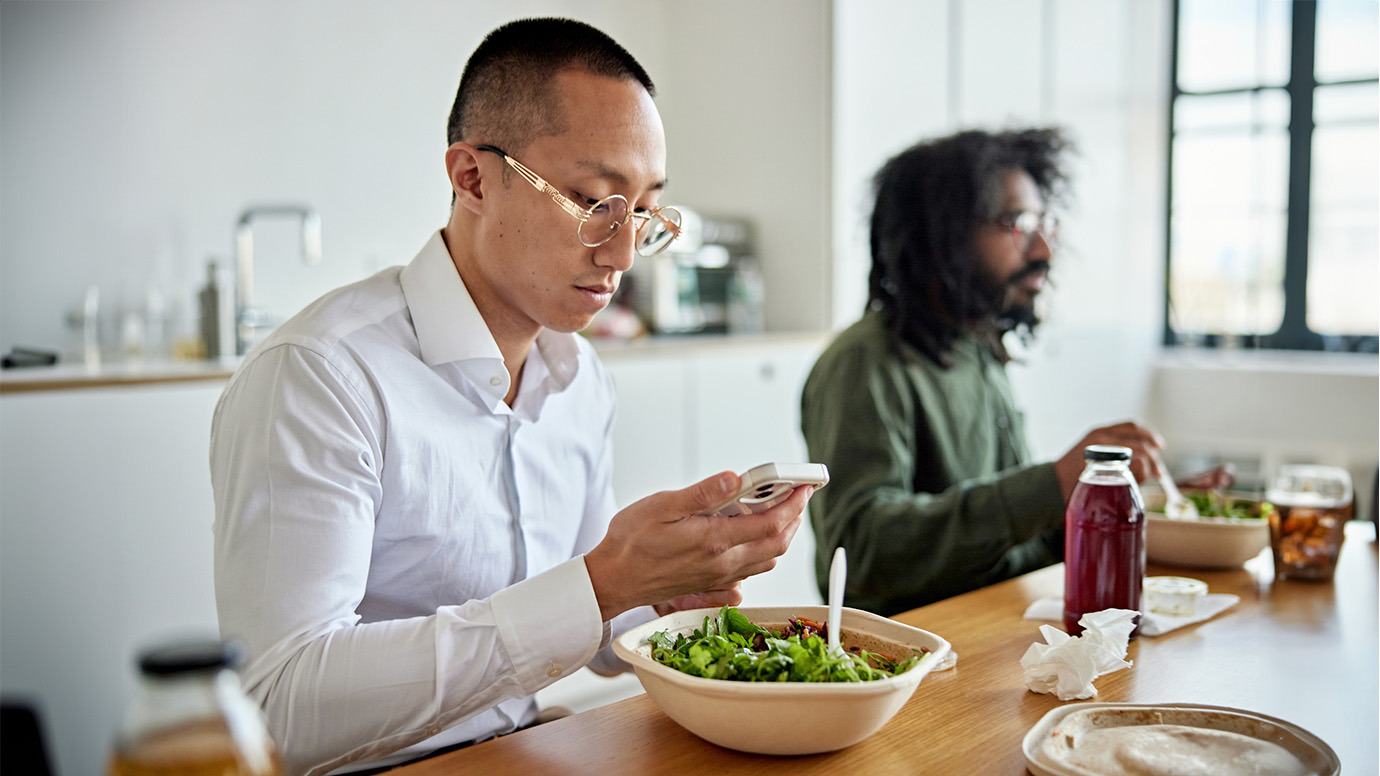In 1990, glucose meters were replacing outdated tools like urine test strips, which only gave delayed, rough blood sugar estimates. Today, many rely on fingersticks, but they lack real-time data and trends. CGMs provide instant insights, alerting you to highs, lows, and patterns, keeping you safer and in control.
Exploring CGM Benefits: Better Diabetes Management Today
Written by: Ginger Vieira
5 minute read
April 13, 2022
Think you don’t need a continuous glucose monitor (CGM)? Think again. CGM benefits include better A1c, real-time tracking, fewer finger pricks, and improved diabetes care!
Don’t get stuck in the past
Understanding time-in-range (TIR)
CGMs highlight your time-in-range (TIR), showing how often your blood sugar stays within your target range.
Unlike A1c tests, which only offer an average, CGMs reveal daily highs and lows. This data helps you track patterns, focus efforts, and improve diabetes management.
Today’s technology keeps you safer
CGMs provide more data about your blood sugar than ever before, making it easier to stay safe and healthy. Whether it’s preventing hypoglycemia while you’re sleeping, catching spikes after meals, or fine-tuning your insulin doses, this technology has the potential to transform your life with diabetes.
The Association of Diabetes Care & Education Specialists (ADCES) provides the following guidelines regarding TIR range goals depending on age and pregnancy.
Keep in mind that these guidelines are designed to help you stay as healthy as possible while also minimizing your risk of severe hypoglycemia.
| Person with diabetes | Blood sugar range | Time-in-Range (hours/day) | Time-Below-Range (hours/day) | Time-Above-Range (hours/day) |
|---|---|---|---|---|
| Adults with Type 1 & Type 2 | 3.9-10.0 mmol/L70-180 mg/dL | >70% (about 17 hours | <5% (just over 1 hour) | <30% (about 7 hours) |
| High-risk for lows (children & elderly) | 3.9-10.0 mmol/L70-180 mg/dL | >50% (about 12 hours) | <1% (about 15 minutes | <10% (about 2.5 hours) |
| Pregnancy with Type 1 diabetes | 3.5-7.8 mmol/L63-140 mg/dL | >50% (about 12 hours) | <5% (just over 1 hour) | <25% (about 6 hours) |
| Pregnancy with Type 2 or Gestational diabetes | 3.5-7.8 mmol/L63-140 mg/dL | >90% (about 21 hours) | n/a | n/a |
Less to carry, easier to share
With a CGM, there’s no need to lug around your entire glucometer kit.
All you need is the CGM on your arm and your smartphone.
No smartphone? No problem. You can use a small receiver about the size of an old-school pager.
Sharing your data is a breeze too. You can easily let your healthcare team or loved ones “follow” your blood sugars on their phones, giving you extra support. CGM tech isn’t just convenient—it makes it easier to live life on the go.
Give your fingertips a break
Living with type 1 diabetes often means resilience in the face of daily discomfort—finger pricks, lows, highs, and injections. But let’s face it, your fingertips are exhausted. After years of being poked and prodded, they deserve a break.
CGMs change that. While inserting a sensor still punctures your skin, today’s sensors last up to 14 days. Instead of pricking your finger 56 times in two weeks, you’ll only prick once or twice. Think of it as a much-needed vacation for your fingers.
The bottom line
You might think you’re managing just fine without a CGM, but what if you could do better than “just fine”? CGM technology offers a game-changing way to track and manage your blood sugar, freeing up your time and energy to focus on what really matters.
Once you try it, you’ll see the difference!
This content was made possible by Dexcom, an active partner of Beyond Type 1. Beyond Type 1 maintains editorial control over its content.

Author
Ginger Vieira
Ginger Vieira is the senior content manager at Beyond Type 1. She is also an author and writer living with type 1 diabetes, celiac disease, fibromyalgia and hypothyroidism. She’s authored a variety of books, including “When I Go Low” (for kids), “Pregnancy with Type 1 Diabetes,” and “Dealing with Diabetes Burnout.” Before joining Beyond Type 1, Ginger spent the last 15 years writing for Diabetes Mine, Healthline, T1D Exchange, Diabetes Strong and more! In her free time, she is jumping rope, scootering with her daughters, or walking with her handsome fella and their dog.
Related Resources

Continuous glucose monitoring is not just for people with type 1 diabetes anymore! In fact,...
Read more

Being newly diagnosed with type 1 diabetes can feel overwhelming. You’re learning about insulin, food,...
Read more

I was diagnosed with type 1 diabetes (T1D) in 2014 at age 23. Like half...
Read more

